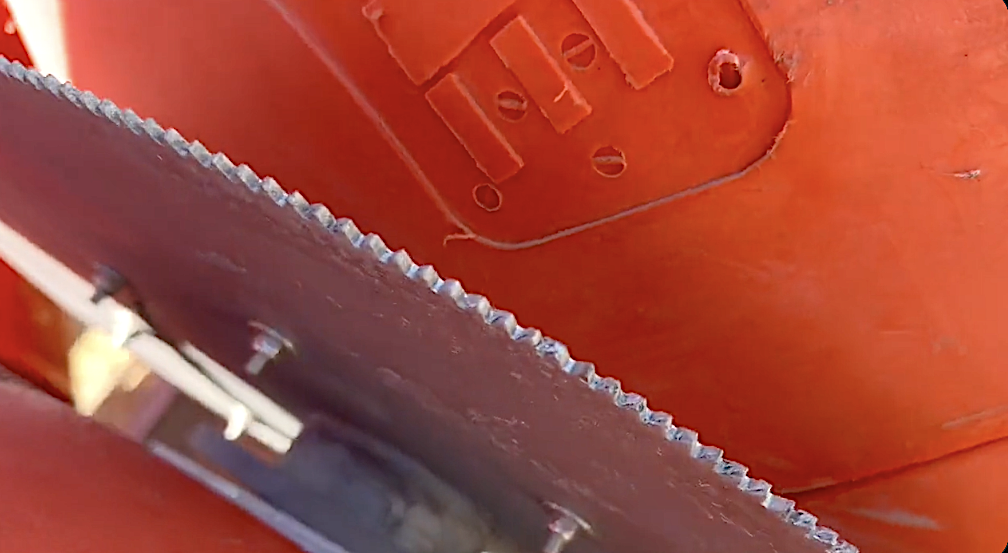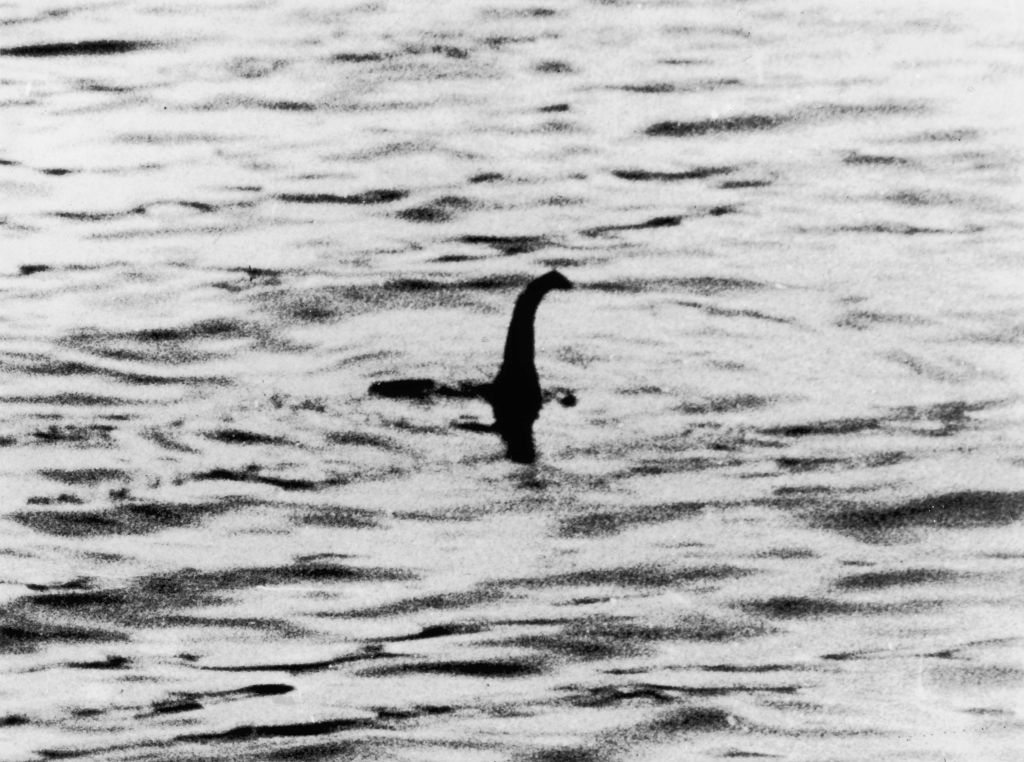NASA exploring ways to put astronauts to sleep for a voyage to Mars


NASA scientists want to get a manned aircraft to Mars, but it might take putting the crew to sleep to make it happen.
To help the astronauts last the long journey, NASA is contemplating putting them in stasis, or a prolonged deep sleep, CNET reports. The space agency is looking into torpor stasis, which is often used in hospitals in the intensive care unit. The crew would have to be put in a deep sleep lasting more than 180 days, and that hasn't been done yet on Earth.
NASA has partnered with SpaceWorks Enterprises, and they have some idea of how it could happen: an astronaut would have a tube in their nose pumping out a cooling agent, and their body temperature would slowly lower to between 89 and 93 degrees, entering torpor. While in their deep sleep, the astronaut would receive food through an IV tube, and when they were ready to get revived, either the cooling agent would stop its flow or warming pads would be used on the body.
The Week
Escape your echo chamber. Get the facts behind the news, plus analysis from multiple perspectives.

Sign up for The Week's Free Newsletters
From our morning news briefing to a weekly Good News Newsletter, get the best of The Week delivered directly to your inbox.
From our morning news briefing to a weekly Good News Newsletter, get the best of The Week delivered directly to your inbox.
NASA isn't sure yet if the crew would be in stasis for the entire voyage, or take turns, with one astronaut awake for two or three days and then put into a two week stasis until their next shift. If stasis works, missions to Mars would become much smaller, shrinking from 400 to 220 tons, since a lot of food and water wouldn't be necessary. Researchers are nowhere near being finished studying this, but initial results from a one-week test funded by NASA are encouraging.
A free daily email with the biggest news stories of the day – and the best features from TheWeek.com
Catherine Garcia has worked as a senior writer at The Week since 2014. Her writing and reporting have appeared in Entertainment Weekly, The New York Times, Wirecutter, NBC News and "The Book of Jezebel," among others. She's a graduate of the University of Redlands and the Columbia University Graduate School of Journalism.
-
 A lemon-shaped exoplanet is squeezing what we know about planet formation
A lemon-shaped exoplanet is squeezing what we know about planet formationUnder the radar It may be made from a former star
-
 Political cartoons for January 4
Political cartoons for January 4Cartoons Sunday's political cartoons include a resolution to learn a new language, and new names in Hades and on battleships
-
 The ultimate films of 2025 by genre
The ultimate films of 2025 by genreThe Week Recommends From comedies to thrillers, documentaries to animations, 2025 featured some unforgettable film moments
-
 Nobody seems surprised Wagner's Prigozhin died under suspicious circumstances
Nobody seems surprised Wagner's Prigozhin died under suspicious circumstancesSpeed Read
-
 Western mountain climbers allegedly left Pakistani porter to die on K2
Western mountain climbers allegedly left Pakistani porter to die on K2Speed Read
-
 'Circular saw blades' divide controversial Rio Grande buoys installed by Texas governor
'Circular saw blades' divide controversial Rio Grande buoys installed by Texas governorSpeed Read
-
 Los Angeles city workers stage 1-day walkout over labor conditions
Los Angeles city workers stage 1-day walkout over labor conditionsSpeed Read
-
 Mega Millions jackpot climbs to an estimated $1.55 billion
Mega Millions jackpot climbs to an estimated $1.55 billionSpeed Read
-
 Bangladesh dealing with worst dengue fever outbreak on record
Bangladesh dealing with worst dengue fever outbreak on recordSpeed Read
-
 Glacial outburst flooding in Juneau destroys homes
Glacial outburst flooding in Juneau destroys homesSpeed Read
-
 Scotland seeking 'monster hunters' to search for fabled Loch Ness creature
Scotland seeking 'monster hunters' to search for fabled Loch Ness creatureSpeed Read
